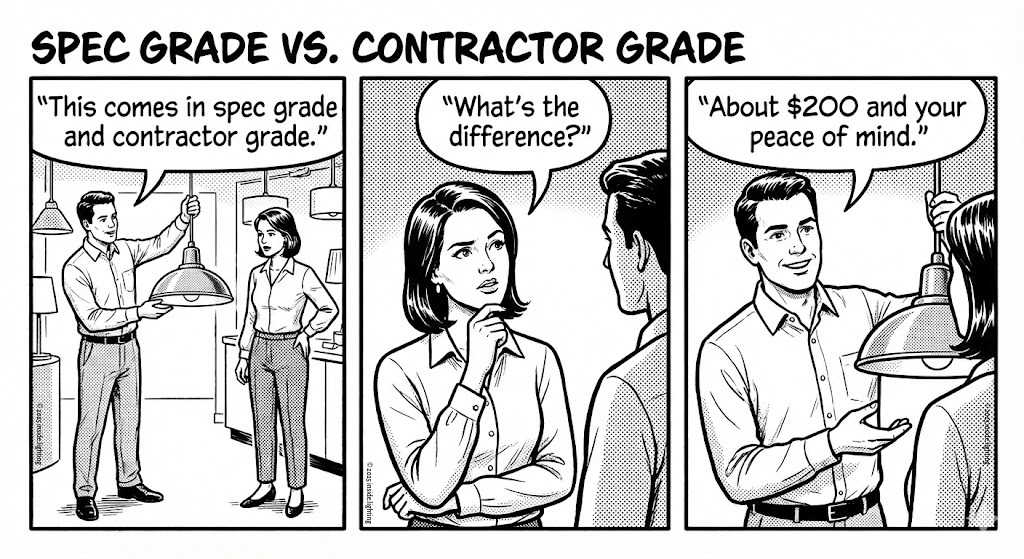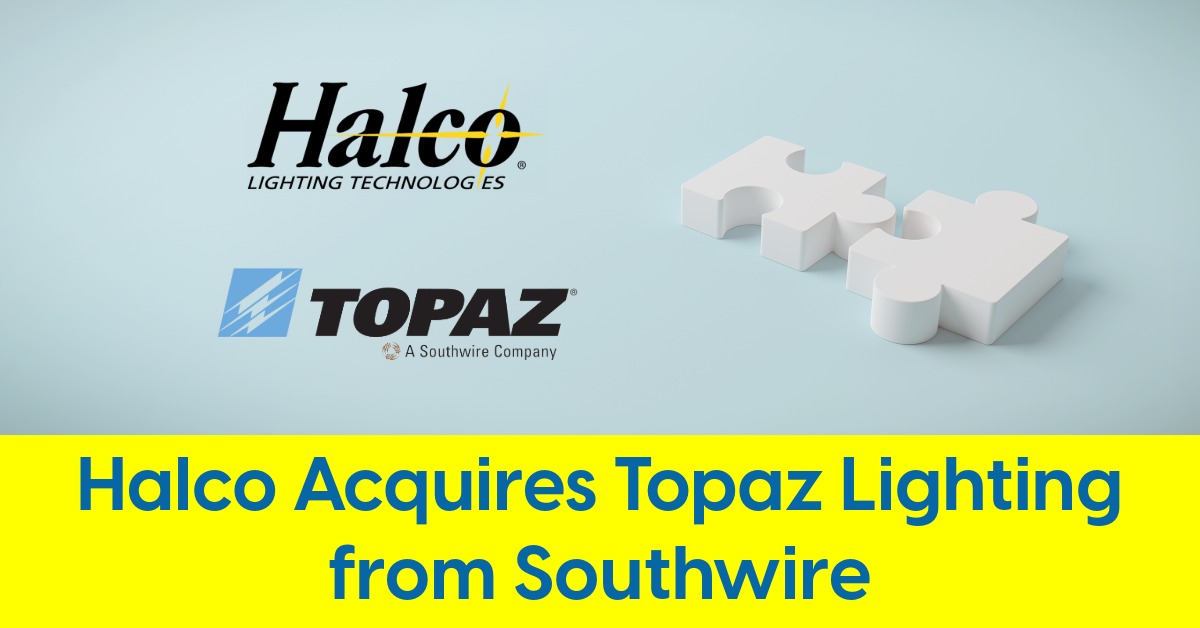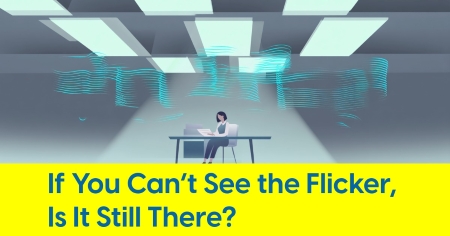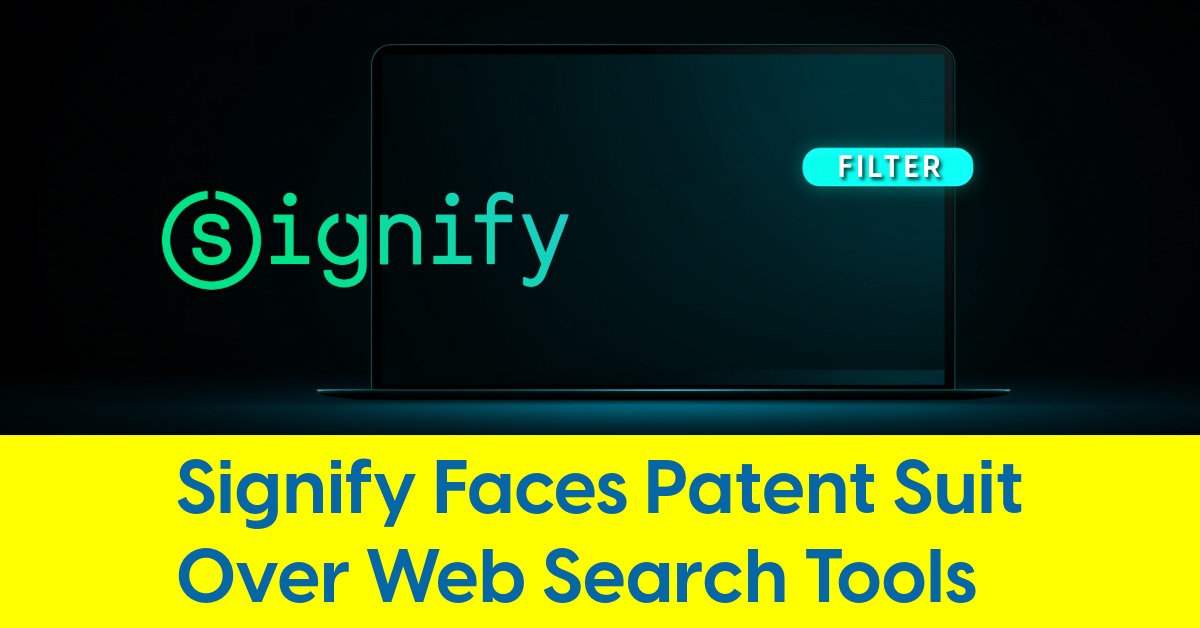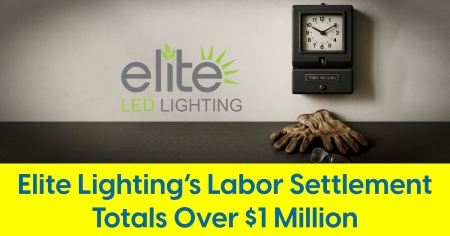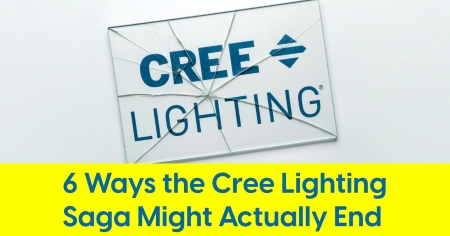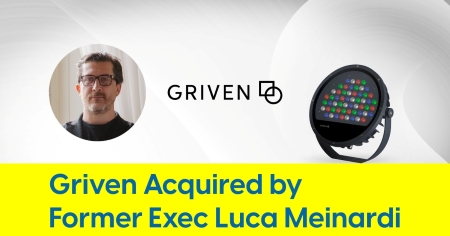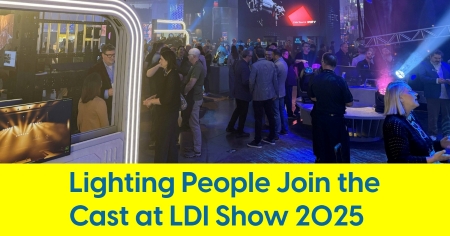September 30, 2025
Small Firms Target Acuity & Others With Patent Lawsuits
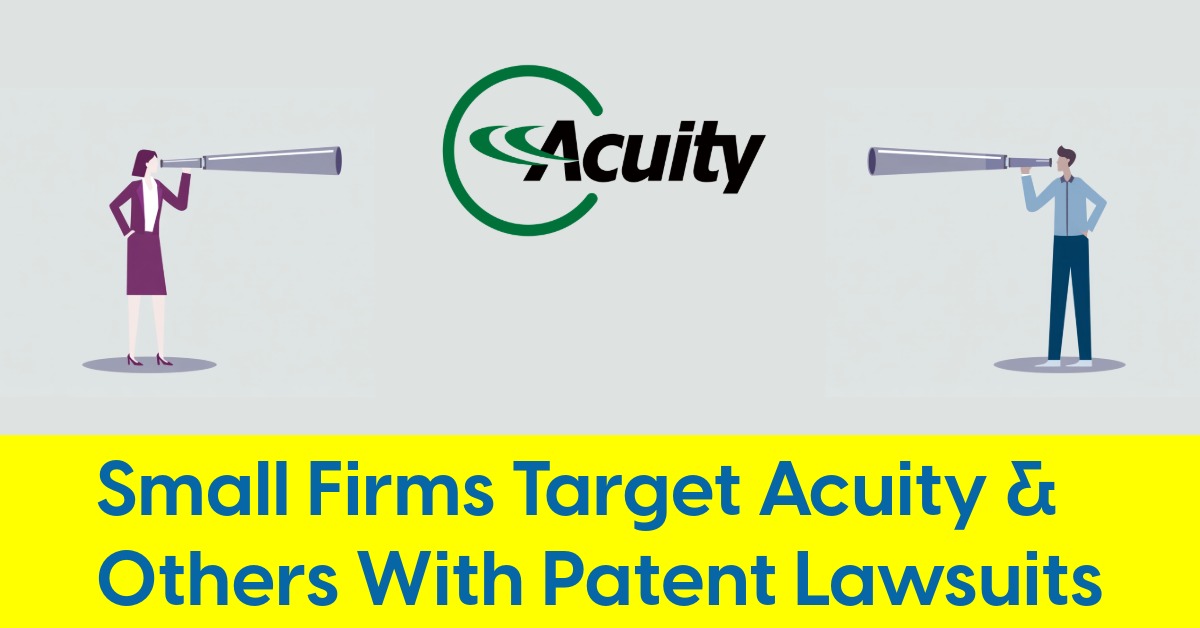
Two obscure LLCs allege infringement tied to tapelight and controls platforms
Most lighting people would agree that Acuity is among the most formidable players in commercial lighting. With more than $4 billion in annual revenue and a product portfolio that touches nearly every major lighting category, the Atlanta-based company has long managed to steer clear of high-profile courtroom fights over intellectual property.
But that quiet streak has ended.
In recent months, Acuity has found itself in the crosshairs of two simultaneous IP enforcement campaigns. Both are led by little-known LLCs that don’t make lighting products — their main assets appear to be patents, and they’re now using them to sue some of the industry’s biggest names.
Both suits allege infringement of patents that involve key Acuity offerings, including its Juno® JFX LED Tapelight and its widely deployed nLight® controls platform. While no court has yet weighed in on the merits, the volume of litigation and synchronized timing of the filings suggest deliberate, yet independent legal campaigns, with broader implications for the entire commercial lighting ecosystem.
Two Campaigns, Seventeen Defendants
In the month of June alone, Albuquerque-based LightSure LLC filed seven lawsuits in four federal district courts, including cases against Eaton, Emerson, and Acuity. All lawsuits cite U.S. Patent No. 8,716,942, titled "Managing Light System Energy Use," which describes a lighting system that uses wirelessly received profiles to dynamically adjust intensity based on detected activity.
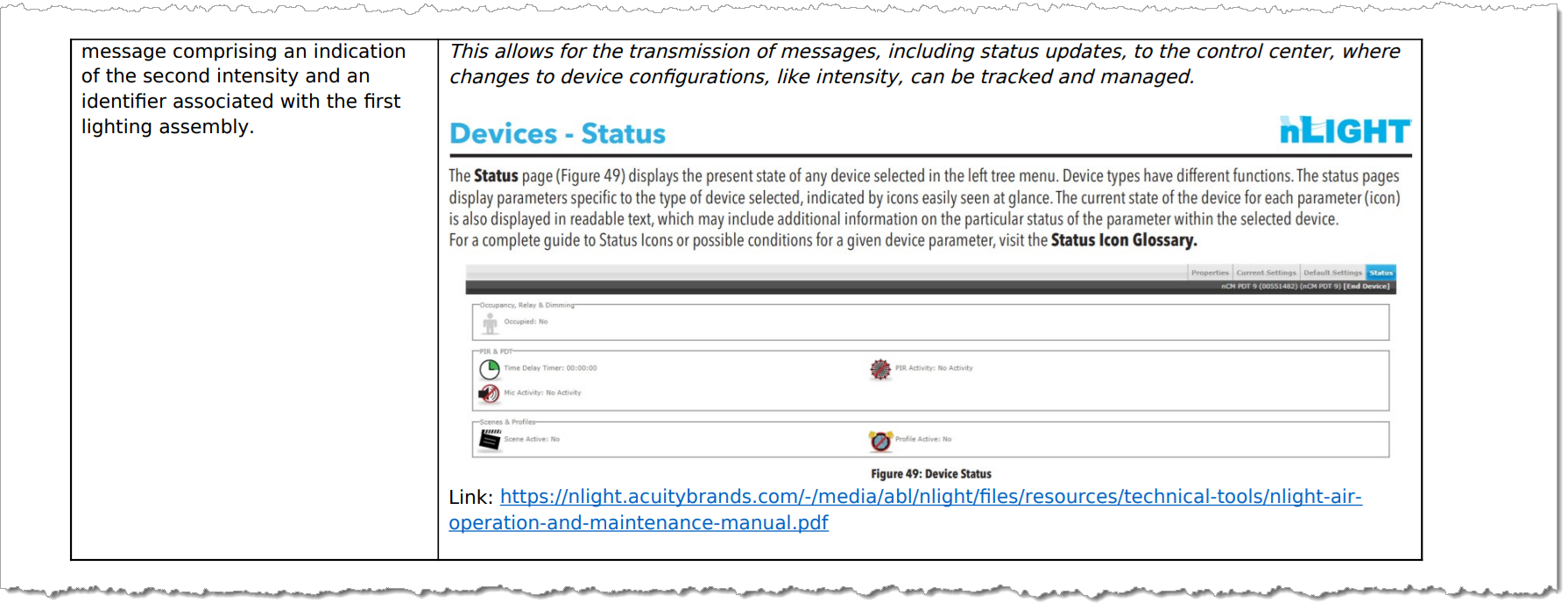
Above: LightSure complaint included numerous screen captures from nLight brochures and application guides
Just months earlier, BridgeComm LLC kicked off a similar campaign, suing 12 defendants across six jurisdictions, including Cree Lighting, Osram Sylvania, and Acuity. BridgeComm’s suit, filed in Delaware on September 9, 2025, alleges infringement of U.S. Patent No. 8,390,206, a patent for a “variable-effect lighting system” that allows a user to configure “various light colors and patterns.”
“The accused product is a variable-effect lighting system. As shown below, the accused product allows the user to configure various light colors and patterns,” reads the complaint, referring specifically to Acuity’s Juno® JFX LED Tapelight.
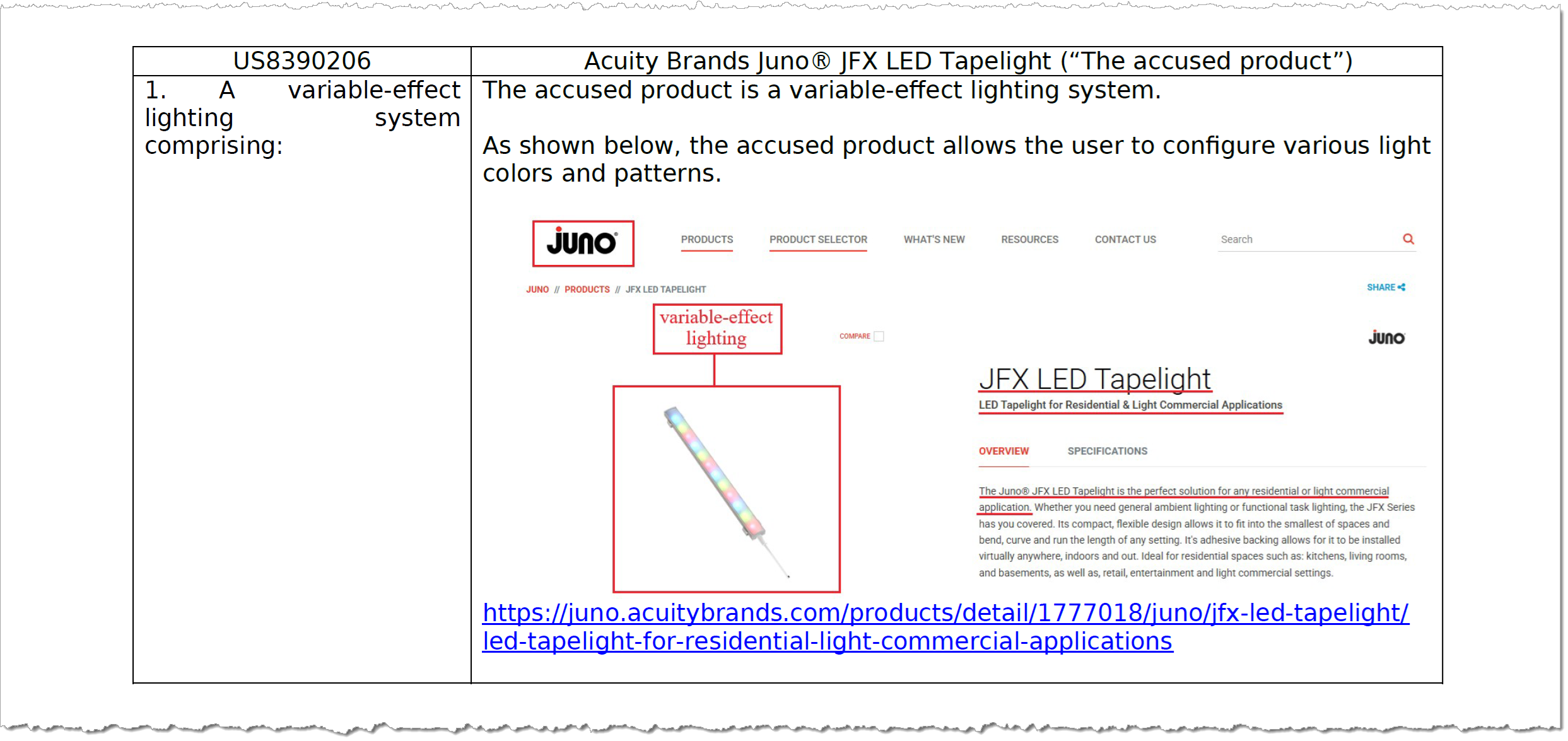
Above: BridgeComm complaint points out that the JFX Tapelight allows the user to configure various light colors and patterns
Notably, the BridgeComm suit against Acuity was filed the same day it brought a nearly identical case against Osram Sylvania — a clear indication that the campaign is both deliberate and methodically expanding.
A Pattern of Litigation
The table below illustrates the scope of the two campaigns and which companies have found themselves in the legal crosshairs:
| LightSure Defendants | June 2025 | BridgeComm Defendants | Last 12 months |
|---|---|
| Acuity Brands Inc (filed June 30) | Acuity, Inc. (filed Sep 9) |
| Applied Aeronautics, LLC | Cree Lighting USA LLC SETTLED 08/05/2025 |
| Auterion AG | Govee Moments Trading Limited |
| Eaton Corporation | Hampton Products International Corporation |
| Emerson Electric Co. SETTLED 09/09/2025 | Honeywell International Inc. SETTLED 12/11/2024 |
| Parrot SA | International Development Corporation |
| Sengled Optoelectronics Co., Ltd. | Ollny Inc. SETTLED 08/27/2025 |
| Osram Sylvania Inc. | |
| Samsung Electronics America, Inc. SETTLED 03/12/2025 | |
| Shenzhen Ustellar Technology Ltd. (Novostella) | |
| Shenzhen Yiwanjia Technology Co., Ltd (Phopollo) | |
| Shenzhen Zhenhuan Technology Co., Ltd. |
LightSure’s lawsuit against Emerson was dismissed in early September — before Emerson had filed a single motion or response — strongly suggesting a confidential settlement. No similar resolution has been reached with Acuity.
Legal Deadlines and Silent Dockets
LightSure’s case against Acuity, filed June 30 in the Northern District of Texas, has reached a critical procedural milestone. Under Federal Rule 4(m), plaintiffs must serve a defendant within 90 days of filing. In this case, that deadline was September 29, 2025.
As of now — Day 91 — no certificate of service appears in the court docket. That could mean one of many things including: (1) LightSure served Acuity but simply hasn’t filed proof. (2) The parties are engaged in settlement discussions. (3) Acuity could be preparing a motion to dismiss for untimely service.
Courts often grant modest extensions for service in complex patent cases, especially where parties are engaged behind the scenes. But the silence raises questions about whether LightSure intends to press the claim or pivot to another strategic resolution.
The Patents at the Center
At the heart of LightSure’s case is US Patent 8,716,942, which covers a system where lighting profiles are wirelessly transmitted to fixtures, adjusted based on local sensing data, and reported back to a central control system. The claim chart identifies Acuity’s nLight Platform as allegedly embodying that system, noting the use of Bluetooth-enabled sensors, daylight harvesting, and remote lighting profiles via SensorView.
In the BridgeComm lawsuit, the focus shifts to US Patents 8,203,275 and 8,390,206, which describes a “variable-effect lighting system” comprising multicolored lamps whose colors change according to user input or predefined patterns. The Juno® JFX LED Tapelight is the accused product. BridgeComm’s complaint notes that the JFX allows end-users to adjust colors and patterns via RF controller, and concludes simply:
“The accused product is a variable-effect lighting system. As shown below, the accused product allows the user to configure various light colors and patterns.”
The claim, while technically detailed, is broadly framed — targeting not the intricacies of electronics design, but rather the functional outcomes of user control over lighting effects.
Industry-Wide Implications
With Cree Lighting resolving its BridgeComm suit in roughly 90 days, and Emerson quietly exiting the LightSure litigation, the early playbook from both plaintiffs appears to favor speed over scorched-earth litigation. But with cases still active against companies like Acuity, Eaton, and Osram Sylvania, the lawsuits could become a test of how far these campaigns can push high-profile defendants before hitting resistance — or court intervention.
For Acuity, the twin suits may amount to more legal nuisance than existential threat, but the sheer breadth of claims against two of its flagship technologies suggests an escalation in IP targeting strategies. And the North American lighting leader is not alone.
